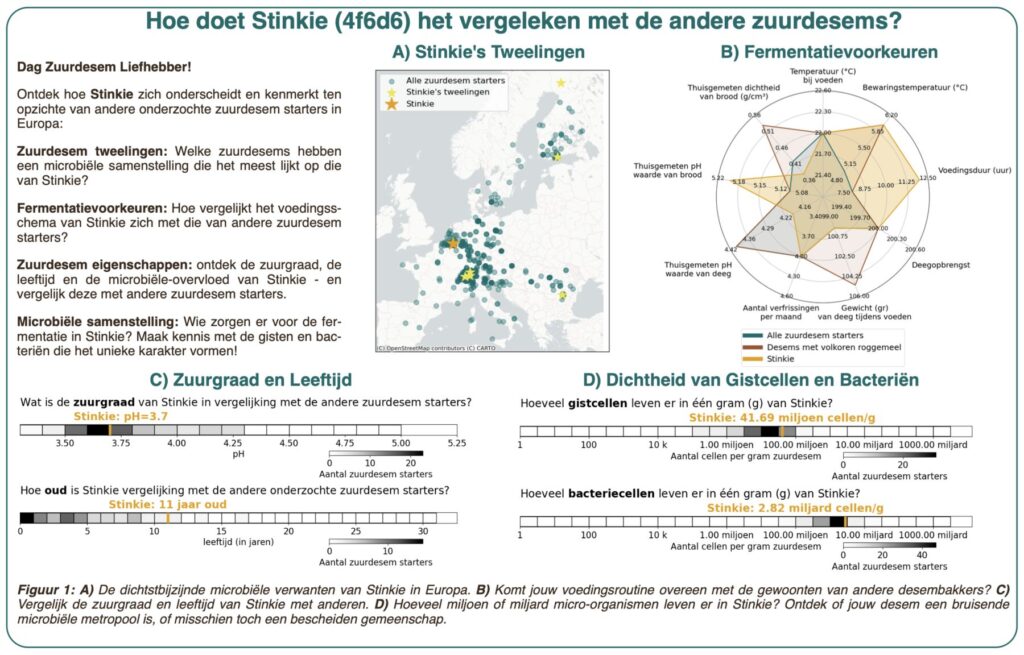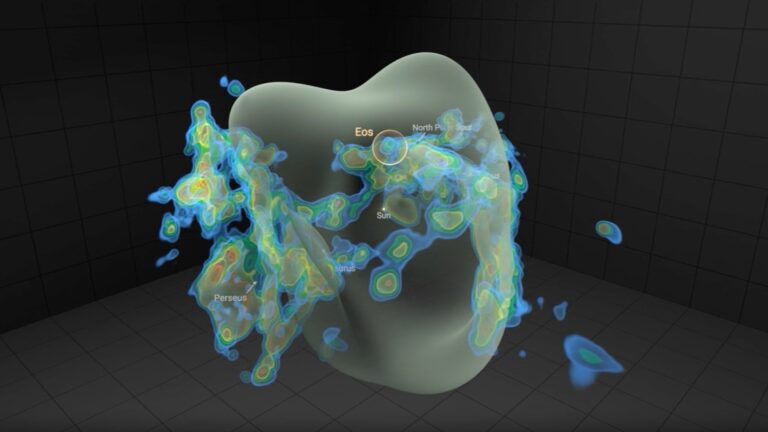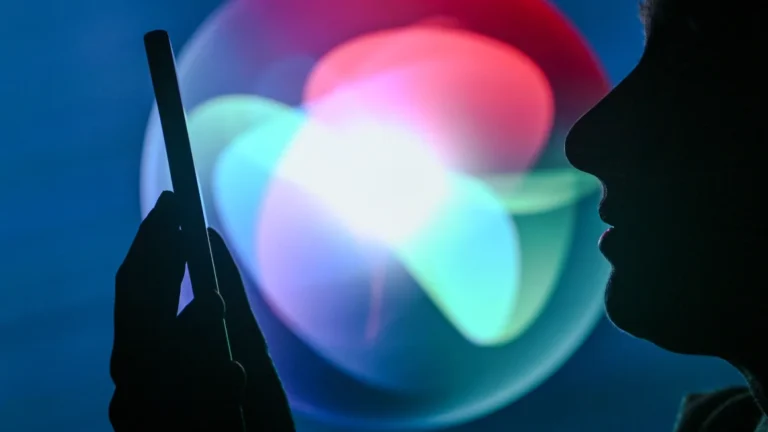
My sourdough starter has twins
2025-04-29T08:20:04Z
A couple of years ago, I participated in a study of the HealthFerm Citizen Science group in …
A couple of years ago, I participated in a study of the HealthFerm Citizen Science group in collaboration with the VUB Brussels and ETH Zurich universities. The study, called the Citizen Science Sourdough Project, aimed to collect and map micro-organism samples of sourdough starters with the help of citizens like you and me. As a sourdough bread nut, of course I was more than happy to send a sample. And then years passed and I completely forgot about the research project.
Until yesterday, when I finally received an email with the results of my sample (id 4f6d6 )!
In the first part of the result report, your personal sourdough starter is compared to all the other submissions, by investigating (A) possible “twins”, charted on a map of Europe, (B) fermentation preferences such as temperature and time, (C) acidity and age, and (D) amount of yeast and bacteria cells:
THe personalised result report, part 1.
Since the report is in Dutch, I’ll try to summarize it here for each of the four parts. My starter is called Stinkie—which does not really need a translation. When I don’t bake during weekdays, I keep it in the fridge, and I usually feed it rye at a 100% hydratation level meaning equal amounts of flour and water. This means it can get quite tangy and if not well-maintained, well, stinky!
Stinkie’s twins—it looks like in Switzerland three other starter samples exactly match mine! Two more twins live somewhere in Greece and Finland. This is significant for me because the uniqueness of your starter is defined by the local climate, local flour, and the way you feed it to keep it alive. The weather in Greece is much warmer than in Belgium and Mediterranean flour is more nutty and wheaty than the ones I have access to, while the reverse is true for that twin in Finland where rye is more predominant than wheat. Perhaps they all use the keep-cool-in-fridge technique? Of course I’m just guessing here: the person maintaining his starter in Finland could just as well rely on imported flour. Fermentation preferences—compared to starters with rye meal, mine is more acidic and a lot airier (I sometimes feed it wheat flour), but weights much less. Compared to all starters, mine is kept at a much cooler temperature, and the bread I bake with it is much more acidic (when I can, I proof the dough in the fridge as well). Acidity and age—Stinkie’s pH level is 3.7 which is about the same as the average of all other starters, but the average age of all the samples is less than 5 years while mine is supposed to be 11 years old! That’s really cool and I have no idea how they measure that since countless amounts of refreshing must have thrown out and regrown everything? Yeasts and bacteria—Stinkie has about 41.69 million yeast cells per gram which is a bit more than your typical starter. I’m happy with that, more rising power! It also has a bit more bacteria than the average: 2.82 billion cells per gram. Perhaps because it’s older than others?
I wonder whether there’s a clear correlation between the last point and the age of the starter. I presume the researchers will be fishing for possible correlations and explaining these results in greater detail in some kind of publication I have yet to find (or is yet to be published).
The second part of the result report zooms in on the yeast and bacterial fingerprints of Stinkie:
The personalised result report, part 2. Bacterial fingerprint on the left, yeast on the right.
The graph shows five different vertical bars containing unique combinations of typical sourdough classes, with the sixth bar being the combination of your own starter. For the bacterial fingerprint, Stinkie most resembles class 3, although it looks like one particular species is completely dominating here: Lactobacillus brevis ( 89.5% ). I think this has to do with the way I store the starter and the unique humidity/flour type/temperature we all use. I’d like to see a bit more variation here. No typical San Francisco sourdough bacteria for me…
As for the yeast fingerprint, something weird happened: it most closely matches sourdough profile 3, but even profile 3 has multiple species, with again one being very dominant. In Stinkie, however, there’s only one kind of yeast ever-present: the classic Saccharomyces Cerevisiae ( 100% ). So while part 1 of the report says that in general there are more micro-organisms present in Stinkie compared to other starters, part 2 reveals that over the years, I somehow have been developing a monoculture? While this does produce consistent results and I know my starter’s behaviour very well, it would be nice to introduce a bit of variation in the flavour palette. I wonder what might happen if I was to feed it twice a day at room temperature for a month or so. How fast would that fingerprint change?
In case the results do not make sense, the researchers developed a multilingual AI assistant called Dough-Pro that will help you explore all the different aspects of the data. It sounds fancier than it is, as the URL in the email redirects to chatgpt.com . I’d rather browse through the report explanation guide and FAQ that’s at least partially written by the researchers (I hope), but at least Dough-Pro is a funny name.
I love this kind of research and while it took a long time for them to process everything, it was worth the wait—even though I didn’t really wait as I forgot about it. It’s very cool that Citizen Science research actively involves the citizens to help provide the samples and it’s even cooler that in the end we get to see the results. I also once participated in a study on the gut microbiota and hope that something similar will be send to the people who helped collecting samples as well.
Auto-posted from news source






